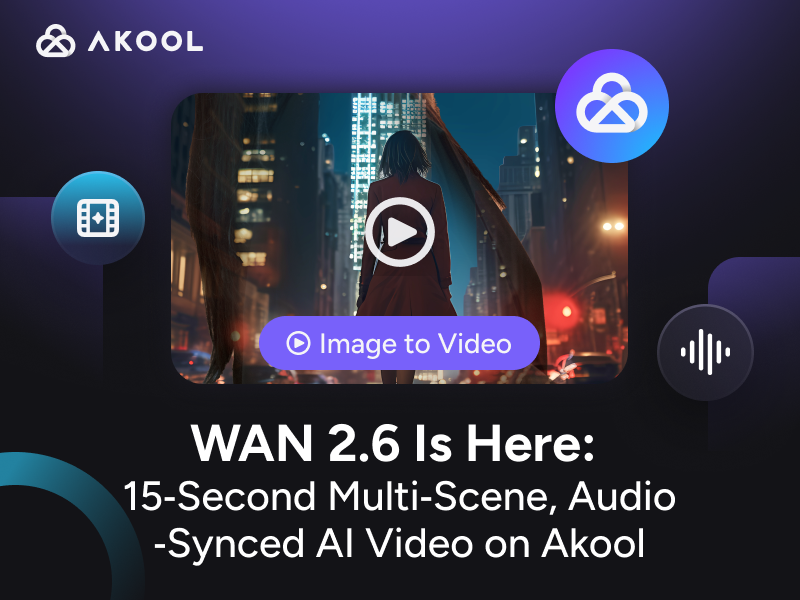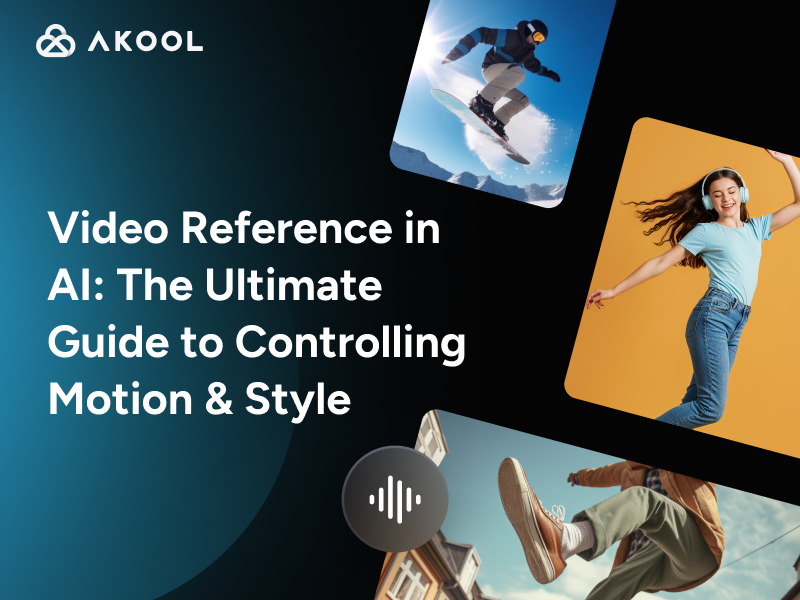Introduction to AI for HR Reporting
AI for HR reporting leverages artificial intelligence to streamline the collection, analysis, and presentation of HR data. It automates repetitive tasks, identifies trends, and provides actionable insights. By utilizing algorithms, AI can predict employee turnover, optimize resource allocation, and enhance decision-making. Key capabilities include natural language processing for unstructured data and predictive analytics for workforce planning. This enables creative agencies to make data-driven HR decisions efficiently.
How to Use AI for HR Reporting
Leveraging AI for HR reporting can transform your creative agency's approach to workforce management. Here's a step-by-step guide to help you get started:
Understand Key Definitions
- AI in HR Reporting: Utilizes artificial intelligence to automate and enhance the collection, analysis, and presentation of HR data.
- Predictive Analytics: Uses historical data to forecast future HR trends, such as employee turnover and satisfaction. For more insights, explore Predictive HR Analytics.
Identify Useful Formulas and Tools
- Regression Analysis: Helps identify the factors that impact HR outcomes, such as the relationship between workload and employee turnover.
- Clustering Algorithms: Groups employees based on similar performance or engagement metrics for targeted HR interventions.
Capabilities of AI in HR Reporting
- Automation: Streamlines routine tasks like data entry and report generation, reducing human error.
- Data Integration: Combines data from various sources, providing a comprehensive view of HR metrics.
- Sentiment Analysis: Evaluates employee feedback to assess morale and engagement. Learn more about AI for Employee Engagement.
Steps to Implement AI in HR Reporting
- Assess Your Needs: Determine which HR processes could benefit from AI, such as performance analysis or recruitment insights. Discover AI in Human Resources for further guidance.
- Choose the Right Tools: Select AI tools that integrate well with your existing HR systems and meet your specific needs. Consider using HR AI Tools.
- Data Preparation: Ensure your data is clean and structured for AI analysis. This includes integrating data from various sources.
- Implement AI Solutions: Deploy AI tools to automate data collection and reporting. Start with a pilot program to test effectiveness.
- Monitor and Adjust: Continuously monitor AI outputs and adjust algorithms as needed to improve accuracy and relevance.
By following these steps, creative agencies can harness AI to make data-driven HR decisions, improving efficiency and strategic planning.
Applications of AI for HR Reporting
AI for HR reporting is revolutionizing how creative agencies manage their workforce data. Here are some key applications:
Employee Performance Analysis: AI tools can analyze performance metrics to identify trends and areas for improvement, helping agencies optimize their teams.
Predictive Analytics: By forecasting turnover rates and employee satisfaction, AI aids in strategic planning and retention efforts.
Automated Reporting: AI streamlines the creation of detailed reports on workforce demographics, reducing manual effort and human error.
Sentiment Analysis: AI-driven sentiment analysis tools evaluate employee feedback to gauge morale and engagement levels.
Recruitment Insights: AI analyzes recruitment data to improve hiring processes and identify the most effective sourcing channels. Explore more in AI Recruiting Tools.
These applications help creative agencies make data-driven decisions, enhancing overall HR efficiency.
Technical Insights into AI for HR Reporting
AI for HR reporting employs advanced algorithms to transform raw data into valuable insights. Here's how it works:
Natural Language Processing (NLP): NLP algorithms parse unstructured data, such as employee reviews or feedback, to extract meaningful patterns and sentiments. This allows HR to assess employee morale and engagement levels effectively.
Predictive Analytics: Through analyzing historical data, predictive models forecast future HR trends like turnover rates and workforce demands. These models use statistical techniques, such as regression analysis, to identify variables influencing HR outcomes.
Machine Learning Algorithms: These algorithms continuously learn from new data inputs, improving their accuracy over time. For example, clustering algorithms can group employees based on performance metrics or engagement scores, aiding in targeted interventions.
Data Integration: AI tools consolidate data from various sources, such as performance reviews, attendance records, and recruitment databases, ensuring comprehensive analysis. This integration enables a holistic view of HR metrics.
Automated Data Visualization: AI systems automatically generate visual reports, such as dashboards and charts, providing clear and concise representations of HR data. This facilitates quick interpretation and action by HR professionals.
By employing these technologies, AI enhances the efficiency and effectiveness of HR reporting processes. For a comprehensive understanding, check out AI for HR.
Statistics on AI for HR Reporting
AI technology is rapidly transforming the landscape of human resources, particularly in the area of HR reporting. For creators, developers, and creative agencies, understanding these changes can enhance their approach to workforce management and strategic planning. Here are some key statistics that highlight the impact and potential of AI in HR reporting:
| Statistic | Explanation |
|---|---|
| As of 2023, approximately 45% of large enterprises have integrated AI into their HR operations. | This statistic underscores the growing reliance on AI to streamline HR processes. For creative agencies, this means a more efficient allocation of resources and the ability to focus on core creative tasks, as AI handles data processing and reporting. |
| AI-driven HR systems have been reported to reduce the time spent on generating reports by up to 60%. | This significant reduction in time spent on administrative tasks allows HR teams and creative agencies to devote more time to strategic planning and creative endeavors, enhancing productivity and innovation. |
| Statistic | Explanation |
|---|---|
| Companies utilizing AI for HR reporting have seen data accuracy improvements of nearly 30%. | Improved data accuracy is crucial for making informed decisions. For developers and creators, this means more reliable insights into workforce performance and needs, enabling better project planning and execution. |
| Organizations have reported a reduction in HR-related costs by 20% after implementing AI tools. | Cost savings from AI adoption can be redirected towards other critical business areas, such as talent development and creative projects, fostering a more dynamic and responsive work environment. |
These statistics highlight the transformative potential of AI in HR reporting, offering creators, developers, and creative agencies the tools to optimize their workforce management and strategic planning efforts. Understanding and leveraging these insights can lead to more efficient operations and a sustainable competitive advantage in the creative industry.
Frequently Asked Questions About AI for HR Reporting
What is AI for HR reporting and how can it benefit my organization?
AI for HR reporting leverages artificial intelligence to analyze and generate insights from HR data. It helps organizations make data-driven decisions, improve employee satisfaction, and optimize HR processes.
How does AI improve the accuracy of HR reports?
AI algorithms enhance the accuracy of HR reports by minimizing human error, identifying patterns, and providing predictive analytics. This leads to more reliable and insightful HR data analysis.
Can AI for HR reporting integrate with existing HR systems?
Yes, AI for HR reporting tools are designed to integrate seamlessly with existing HR systems and software, allowing for easy data import and export to enhance overall HR analytics capabilities.
What types of HR data can AI analyze?
AI can analyze a wide range of HR data, including employee performance metrics, recruitment data, turnover rates, employee engagement scores, and more, providing comprehensive HR analytics.
Is AI for HR reporting secure and compliant with data privacy regulations?
AI for HR reporting services prioritize data security and compliance with regulations such as GDPR and CCPA, ensuring that sensitive employee information is protected and handled responsibly.
How can AI help with workforce planning and talent management?
AI assists in workforce planning and talent management by predicting future workforce needs, identifying skill gaps, and suggesting personalized development plans, thereby optimizing talent management strategies.
What are the cost benefits of using AI for HR reporting?
Implementing AI for HR reporting can lead to cost savings by automating routine tasks, reducing manual reporting errors, and providing actionable insights that enhance HR efficiency and productivity.
How can AI for HR reporting enhance employee engagement and retention?
AI tools can analyze employee feedback and engagement data to identify areas for improvement, helping HR teams develop targeted strategies to boost employee satisfaction and retention rates.




